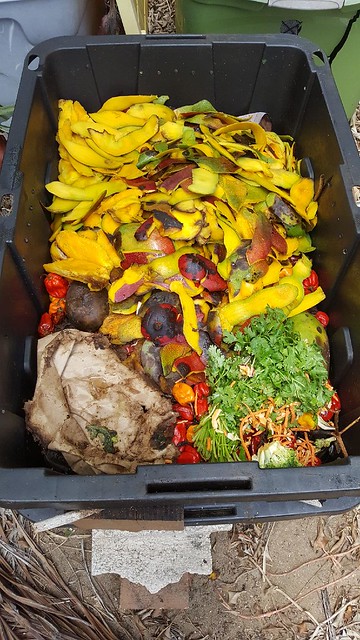Uncle Eckley
eXtreme
I've been reading about black soldier fly composting since it was mentioned recently in another thread. Very interesting, but one thing I don't understand: how do you separate the usable compost from the ongoing process? I've got a bin made for BSF, things are going well, I'm dropping in food scraps and other compostables daily, the larvae are doing their thing.. then what? Seems some folks use the drained liquid produced, others are wary of it. How do you get just the compost away from the horrible churning mass in the bin?

